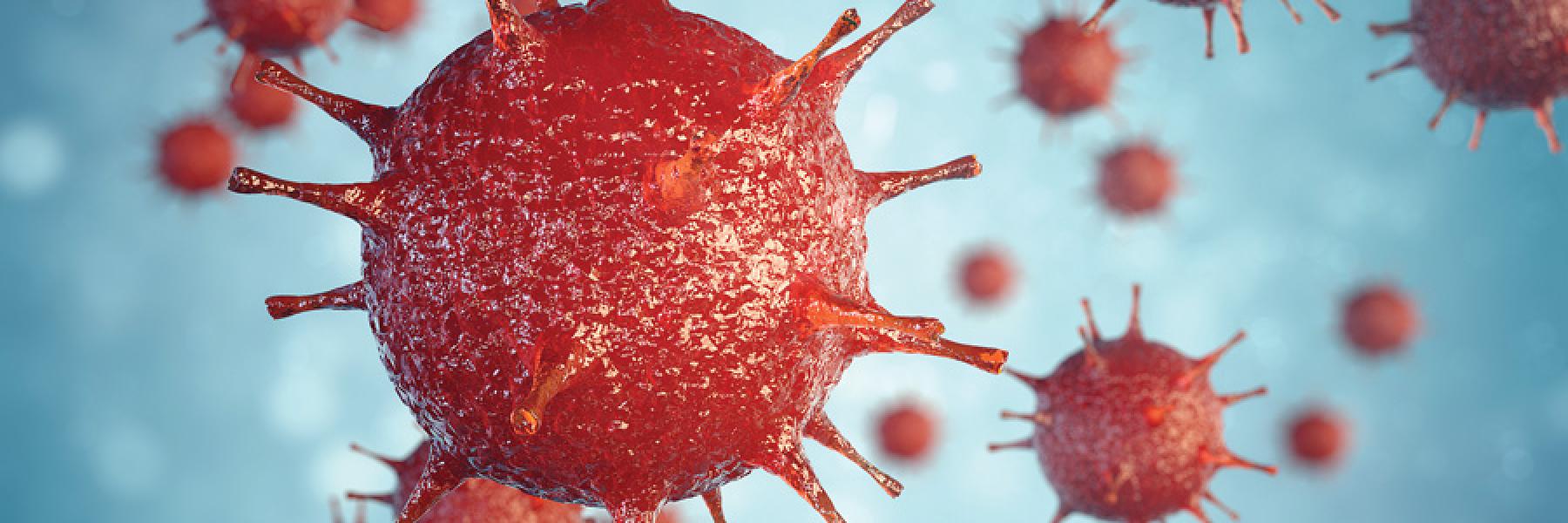Even a single infectious provirus poses a theoretical risk of reigniting an infection.
HIV begins the journey into its hiding places in tissue reservoirs from the first hours of its entry into the body. In sexual transmission—vaginal or anal—sentinel immune cells found in the mucosa lining the reproductive tract or colon immediately recognize the presence of the virus and raise the alarm.
CD4 T cells are among the first responders to an infectious invasion, and act like the quarterback on a football team, coordinating both offense and defense by instructing other elements of the immune system to control or repel the invader. But because HIV preferentially targets CD4 T cells for infection, the virus essentially exploits the normal workings of the immune system for its own benefit.
HIV fuses with surface proteins on a CD4 T cell, slips inside, and integrates itself, or hijacks, the cell’s genes. The infected T cell spews out millions of HIV copies while other immune cells—CD8 T cells and cytotoxic T lymphocytes (CTLs), known as killer cells—attack back.
Right away HIV particles are ferried along the body’s immune highway, lymph, to the lymph nodes. More warring takes place there, as the immune system marshals its army of immune cell soldiers—more CD4 and CD8 T cells, and antibody-producing B cells—that rapidly divide and multiply in number. All this activity contributes to the telltale swollen lymph nodes and flu-like symptoms that mark acute HIV infection.
The immune army is typically able to bring HIV replication under some degree of control, and the big initial spike of viral load drops. If HIV drugs are introduced, they quickly block virus replication by inhibiting multiple steps of HIV’s lifecycle, preventing further spread. Many of the HIV-infected CD4 T cells die rapidly, either directly, due to effects of the virus, or indirectly, via programmed cell death. But a subset of the infected T cells return to a deactivated, resting “memory” state, and they form a latent viral reservoir.
The HIV reservoir is thus established almost right away, and typically grows in size the longer an individual remains untreated. The faster someone goes on therapy, the smaller their HIV reservoir, and—here’s where the new studies come in—the greater their chance of reducing, controlling, and perhaps one day seeing HIV eradicated from its last hiding places.
Memory CD4 T cells are designed to be long-lived, with the ability to recognize a previously seen invader. Once inside resting T cells, the virus’s genetic code (or genome), called a provirus, remains trapped and essentially dormant, stuck inside the cell’s genome. Cure studies have shown some proviruses can restart viral replication should the host cell become reactivated, and HIV drugs are withdrawn. (See “Where HIV Hides: The Reservoir”.)
Now comes the good news: studies also show the vast majority of proviruses in the reservoir are defective and can’t reproduce. Scientists refer to them as “junky” or “zombie” HIV. At Johns Hopkins School of Medicine, Robert Siliciano, a pioneer of HIV latency, estimates that only 12 percent of the reservoir contains “replication-competent,” or infectious, HIV provirus. So that’s the real target of cure interventions. “Defective proviruses can never give rise to a new infection; the defects are so severe,” Siliciano explained in a recent interview.
That still leaves a major threat. Even a single infectious provirus poses a theoretical risk of reigniting an infection. “I think we’re far from getting rid of the 12 percent,” Siliciano added.
His opinion is shaped by a surprising discovery he made last year that was published in Cell and has shifted long-held views of the reservoir. He found resting memory T cells in tissue sites aren’t totally dormant: they slowly spread via cell division. Using a new PCR technology, he identified daughter T cells with copycat HIV proviruses intact. While the size of the HIV reservoir declines in most people once they start HIV drugs, other cells are slowly proliferating. “The 12 percent represents a steady state,” Siliciano explains. —ACD & RJ


